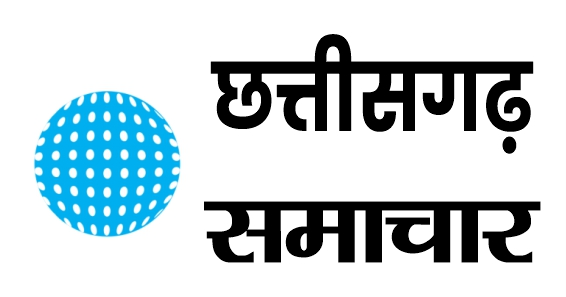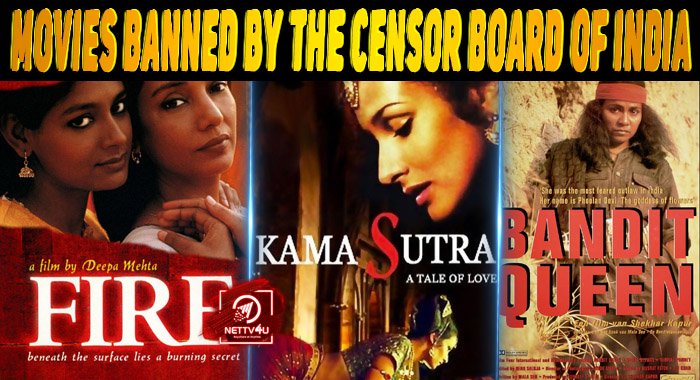Many of us are aware of Bollywood movies where the story revolves around a hero – the lead actor, a villain – also the lead actor with negative remarks and a beautiful, thin, white girl, a heroine – the lead actress. But have you ever come across a movie with realistic breathtaking content that offended the rich, homophobic, upper class politicians in such a way that they are afraid to set the truths and freedom of speech free in the democratic country sending hatred and threats towards the makers and actors of the film in the name of censorship.
Indians are the greatest admirers of the films, Bollywood being the biggest Indian film industry in the world acts merely as a puppet in the hands of evil for the kahaani that Bollywood had hidden and the kahaani that Bollywood made people to believe in for decades by promoting the confined beauty standards, sexuality, generalised toxic masculinity and femininity, and the hatred norms towards particular communities.
Starting from 1959, with the Neel Akasher Neechey, a film that showed the troubles faced by a immigrant Chinese wage labourer in 1930’s Calcutta to 2017’s Toofan Singh, a biography of Khalistan Liberation Force member, over hundreds of movies were banned both nationally and regionally in India for virtually portraying some of the political tactics that impacts the present government, for promoting then illegal, recently legalized sexual orientations, gender choices, bold language, regional, religion disputes in India.
Netflix, Amazon prime and Hotstar being the famous OTT(Over-the-top media services) platforms in the country attracts the youth for offering great content, movies, series and documentaries. It was also chosen as a platform for many Indian banned movies that portrays dark lives, sexual preferences, intense feminism, casteism, racism, and violence. Some of the banned intense feministic movies includes Bandit Queen(a biography of tribal women Phoolan Devi, 1994), Angry Indian Goddess(2015), the Pink Mirror(2003), Water (2005), Parzania(2005), black Friday(2004), Firaaq(2008) and queer movies such as Unfreedom(2015), Loev(2015), Dear Dad(2016), Evening Shadows(2018) and few dark abstract films like Kissa Kursi ka(1977), Hava Aane de(2004), Ghandu(2010) etc; were also banned for its explicit sexual content, nudity and abusive language.
Besides the movies that were never released in theatres some movies like Sanjay Leela Bansali’s Padmaavat, Udta Punjab, lipstick under my burkha, were also been banned and made edited for short length in order to grant a release, a BBC’s documentary “India’s daughter(2015)” based on 2012’s gang rape was also prevented from broadcasting, later it was uploaded into Youtube and made it removed at the request of Indian authorities in 2016. Few of the south Indian movies like Kamal Haasan’s Vishwaroopam(2013), Madras Café(2013), etc; were requested to be banned before the editing version.
Even after legalisation of homosexuality, many movies that were released on OTT before were never been released in the theatres. usage of bold language, octane violence, drug abuse and erotic scenes are however considered as immoral, unethical and vulgar by the censor board of India. However, this taboo is going to be end soon with the popularity of the OTT’s among young that offers reality of lives without any censorship.
Making of a film is an art and art is for real. Art must be encouraged without any censorship for it entirely depends upon the audience to consider an art to be positive or negative. If ever art or movies influences the lives of normal people then there would be a full stop for the suicides after Aamir khan’s “ 3 idiots ‘all izz well’”, there would be an end to the lives of corrupted politicians after “Rang de Basanti”, there would be women empowerment after “Mother India”, “Dhangal”, “piku”, “pink”, etc;. If uncensored movies were to be encouraged in the real life there would be love, peace, and harmony in the country. Nobody can decide what censor is and what is not, for everything happening is happening around us.
Havila Reddy @Samacharline









